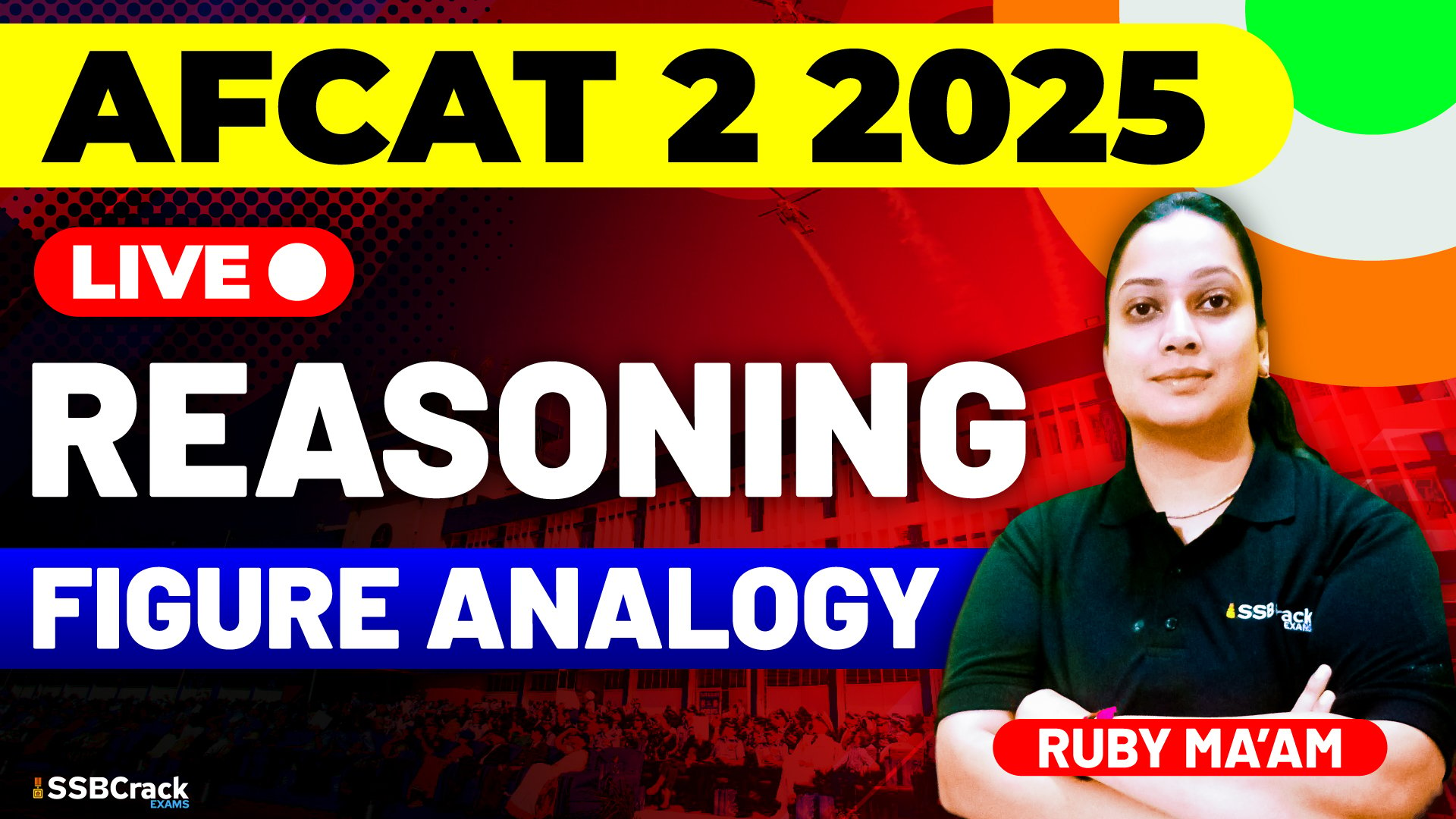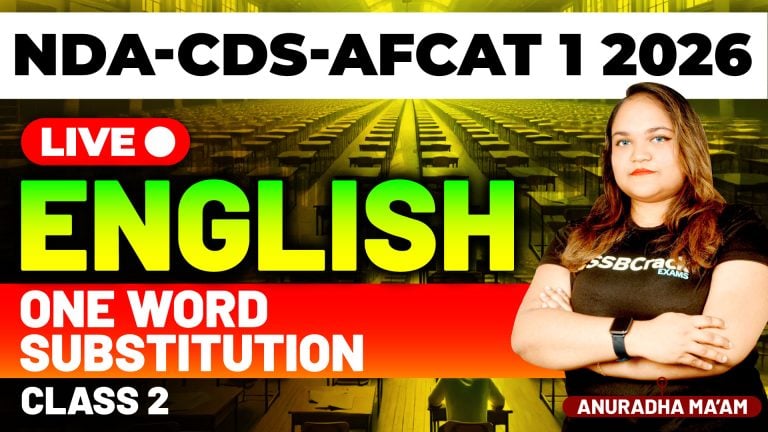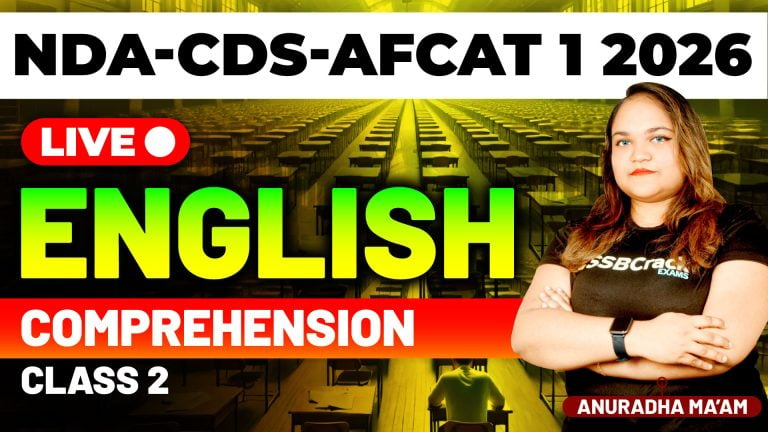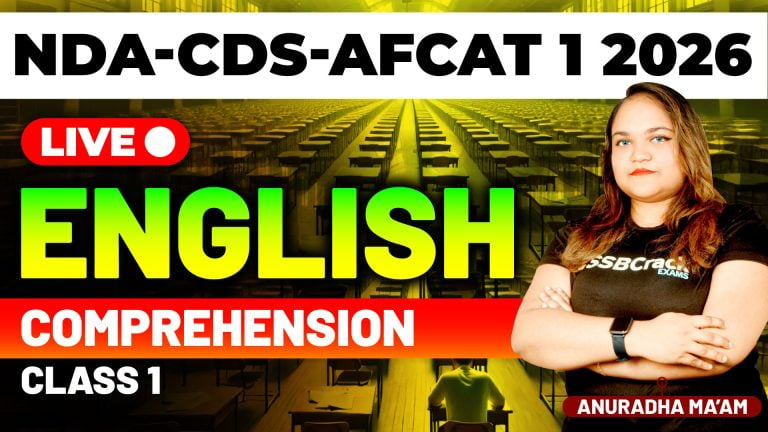The Air Force Common Admission Test (AFCAT) is a gateway for aspirants seeking a career in the Indian Air Force. Among the various sections in the AFCAT exam, the Reasoning and Military Aptitude Test plays a crucial role in evaluating a candidate’s mental sharpness and problem-solving ability. One of the most prominent and scoring topics within this section is Figure Analogy.
What is Figure Analogy?
Figure Analogy involves identifying the relationship between a pair of figures and applying the same logic to identify the correct figure from the given options. It is similar to verbal analogy but uses visual elements like shapes, patterns, orientations, and symmetry.
For example, if Figure A is related to Figure B in a particular way, and Figure C is given, you need to select the figure from the options that relates to Figure C in the same way that B relates to A.
Why is Figure Analogy Important for AFCAT?
- High Scoring Potential:
Questions from Figure Analogy are relatively straightforward once the logic is understood. With practice, these can be solved quickly, helping aspirants secure vital marks with high accuracy. - Time Efficiency:
Unlike mathematical reasoning or word-based logic puzzles, figure analogy does not involve calculations. Visual recognition and logical interpretation make it less time-consuming, giving you more time for other sections. - Assessing Officer-Like Qualities (OLQs):
The Indian Air Force looks for candidates with sharp perception and strong analytical thinking. Figure analogy tests a candidate’s ability to identify patterns, observe minute details, and apply logic—all traits of a potential officer. - Boosts Overall Score:
Reasoning and Military Aptitude together carry significant weight in the AFCAT paper. Excelling in sub-topics like Figure Analogy gives a definite edge in clearing the overall cutoff.
Common Types of Figure Analogy Questions
- Rotation-based Analogy
- Shape Transformation
- Pattern Progression
- Size/Orientation Changes
- Dot or Line Movement


















